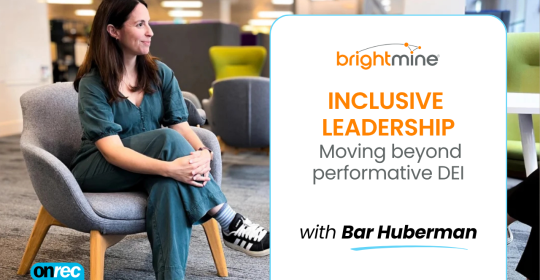Disruption has been a favorite of ‘thought leaders’ in every industry since the publication of Clayton Christensen’s “The Innovator’s Dilemma’ in 1997 (coincidentally the year I entered the job board world). In fact, disruption has become an industry unto itself. It’s so, well, entrancing: the idea that a person with a great idea, a company with a mind-blowing product, or even a totally new way of doing things can simply upend an existing market – literally out of nowhere.
I’ll leave the criticism of Christensen’s work to others (of which there have been quite a few). But since disruption continues to be a popular concept in our own world of online recruiting, I think it’s time to take a closer look at several instances of (so-called) disruption.
First up: LinkedIn. This is a company that, for the popular press, defines the term ‘social networking’. It launched in 2003 (that’s right, over a decade ago), and began having a noticeable effect in the industry in the late 2000s. But where does this disrupter derive its revenue? A) Job postings, corporate pages, and resume access; B) Ads; C) user subscriptions (i.e., fees for job seekers, recruiters, and salespeople). I’m not seeing disruption in the revenue model, so let’s look elsewhere. Perhaps you could argue that having a semi-public resume database is disruptive. But for my money, the closest LinkedIn gets to being disruptive is by allowing job seekers to communicate with each other (within certain limits). Has LinkedIn changed the face of the job board/online recruiting industry? I would argue that it hasn’t – at least in any substantive way. But it has had an impact on Monster’s and CareerBuilder’s bottom lines. Please don’t misunderstand me – LinkedIn has been successful and (in some ways) innovative. But disruptive? Nope. It’s an extremely well marketed (and funded) job board with some interesting features. Really.
Next: Indeed. Another company, founded in 2005, that defines a term: ‘aggregator’. What does it do? It grabs job postings from job boards and direct employers, and then ‘aggregates’ them to a single site. The revenue model is that most fundamental of web ideas: pay per click. In North America, the company is now selling direct to employers, putting it in competition with job boards and (yes) LinkedIn – but staying true to the PPC revenue model. Disruptive? Maybe, kind of. It’s spawned many competitors, but has done little to stop the growth of non-PPC job boards. So, ultimately, I view it as a job board with a different kind of revenue model. Next?
There are certainly other candidates, but when I talk with investment companies and fellow job boarders, the above seem to come up most often as ‘disruptive.’
I think the real change is coming incrementally, failure by failure by occasional success, acquisition by merger by sale, as job boards morph into new types of recruiting businesses. Think of TalentBin, a ‘source the web’ solution that was gobbled up by Monster. Or ZipRecruiter, which at its essence is a job posting distribution and application business welded to a simple ATS – nothing we haven’t seen before, but a better, cleaner implementation (and much better marketing). Then there are platforms like Jobvite and Bullhorn – again, putting together pieces that were once ‘sold separately’.
What we’re seeing – and what I find very exciting – is the evolution of the online recruiting business. Companies are taking what works (job postings, resumes, candidate traffic acquisition) and marrying it to additional, employer-centric features (screening, analytics, candidate management). I suspect in 5 or 10 years we’ll look back and think, ‘geez, I can’t believe we used to do recruiting that way.’ But I also suspect that job posting, resumes, and candidates will be core to those ‘new, improved’ services of the future.
Barring a sudden cataclysmic climatic event (think exploding asteroids), evolution makes more sense than disruption when looking at the job board world. And maybe – just maybe – somewhere along the way we’ll lose the term ‘job board.’
One can hope!
To read the full article, click here






